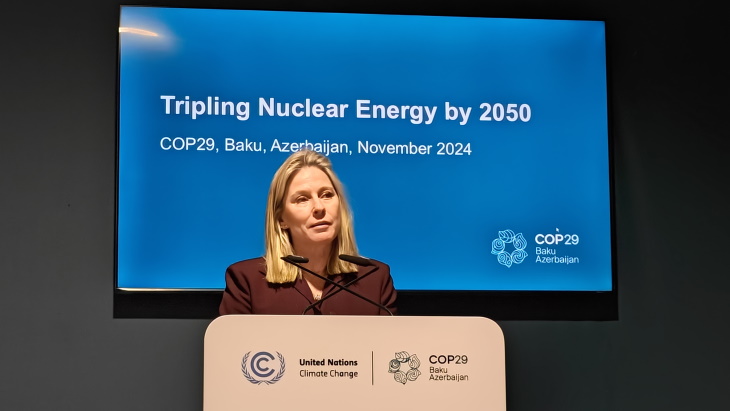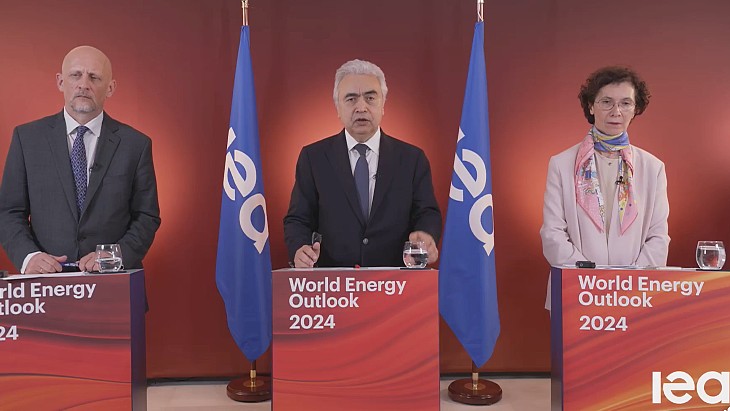End of Koeberg outage to ease South African grid pressure
.jpg)
The planned outage of Koeberg 2 began in January and was to have included the replacement of the unit's steam generators and reactor pressure vessel head as part of plans to extend the unit's operation for 20 years. Eskom subsequently deferred steam generator replacement until the unit's next planned outage in August 2023 due to concerns the reactor would not be returned to service in time for the high-demand winter period. Other maintenance and refuelling outage activities, including the replacement of the reactor vessel head, are progressing as planned.
Koeberg 2 is expected to return to service by the end of June, adding 920 MWe to the South African power system, Eskom said. In addition, two units at the Kusile coal-fired power station are also due to return to service following maintenance and repair work, adding a further 1600 MWe.
In addition to the units undergoing maintenance, Eskom said it has also had to cope without the 794 MWe of capacity normally contributed by unit 4 at the Medupi coal-fired power plant, which has been out of action since an explosion in a generator during maintenance work in August 2021. It has "increasingly relied" on diesel-powered open cycle gas turbines to limit the implementation of loadshedding - planned supply interruptions in order to balance supply and demand and avoid a country-wide blackout. So far this year (up to 10 May) loadshedding has taken place on 32 days, which is a six-day year-on-year increase. This came on the back of higher levels of unplanned fleet-wide plant breakdowns, Eskom said.
Eskom is working to extend the operating lives of the two Koeberg units by 20 years to 2045 and plans to submit supporting documentation to the National Nuclear Regulator (NNR) for evaluation by June. "Eskom has been consistently working with the regulator and is clearly aware what is required to meet the regulator's expectations in this regard," the company said.
"Planned maintenance is Eskom's only weapon to try bring reliability and predictability to a neglected plant," Eskom Chief Operating Officer Jan Oberholzer said. South Africa "desperately needs additional generation capacity of between 4000MW and 6000MW" and with power stations reaching the end of their operational life, this gap will only increase, he said. "Bringing on new capacity onto the grid as soon as possible is therefore critical."
With the onset of winter bringing an increase in demand, Eskom has urged South African residents to use electricity "sparingly" especially during the morning and evening peaks, when capacity constraints require it to implement loadshedding as a "last resort" to protect the national grid.

_99697.jpg)








_50521.jpg)

